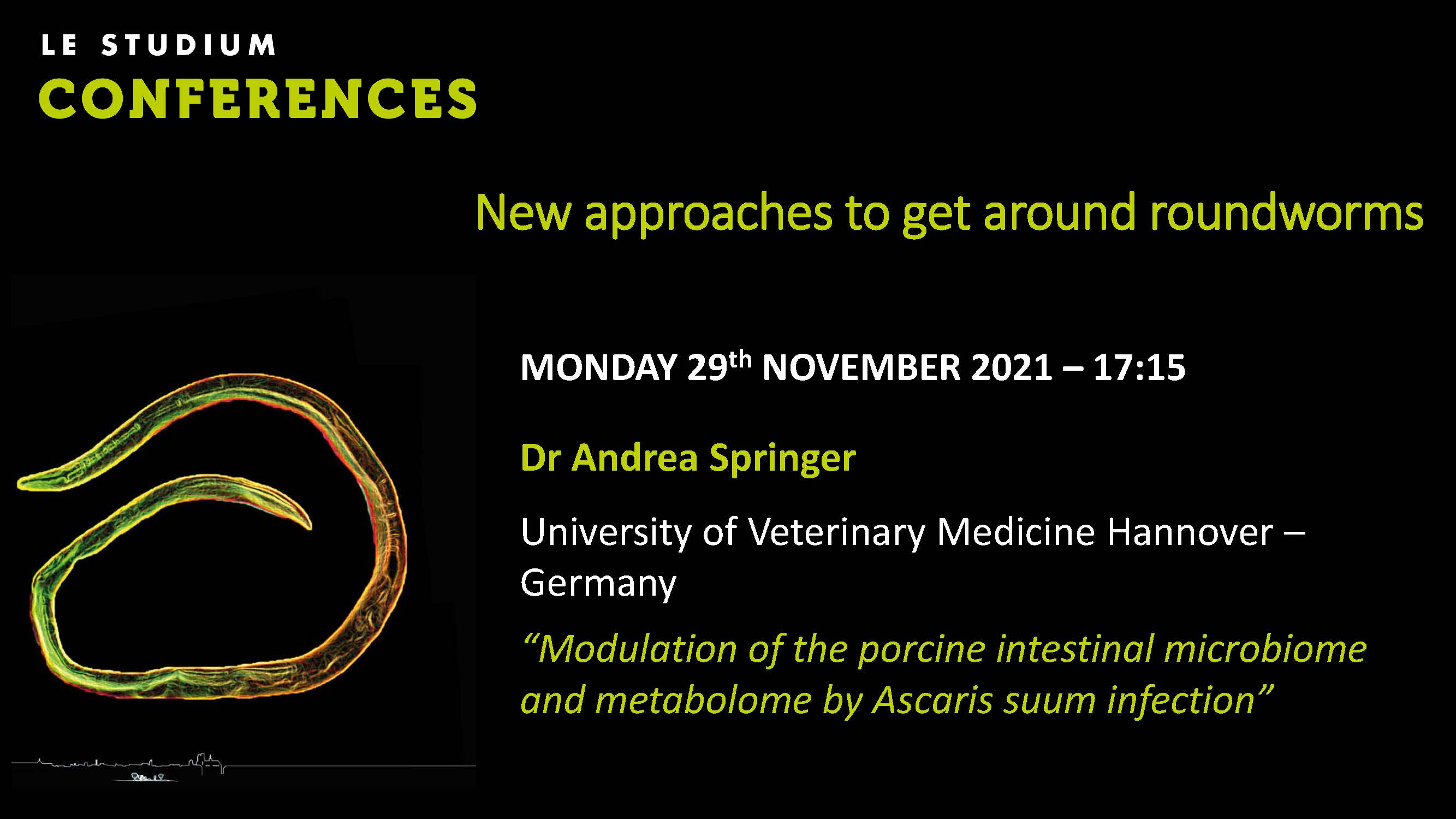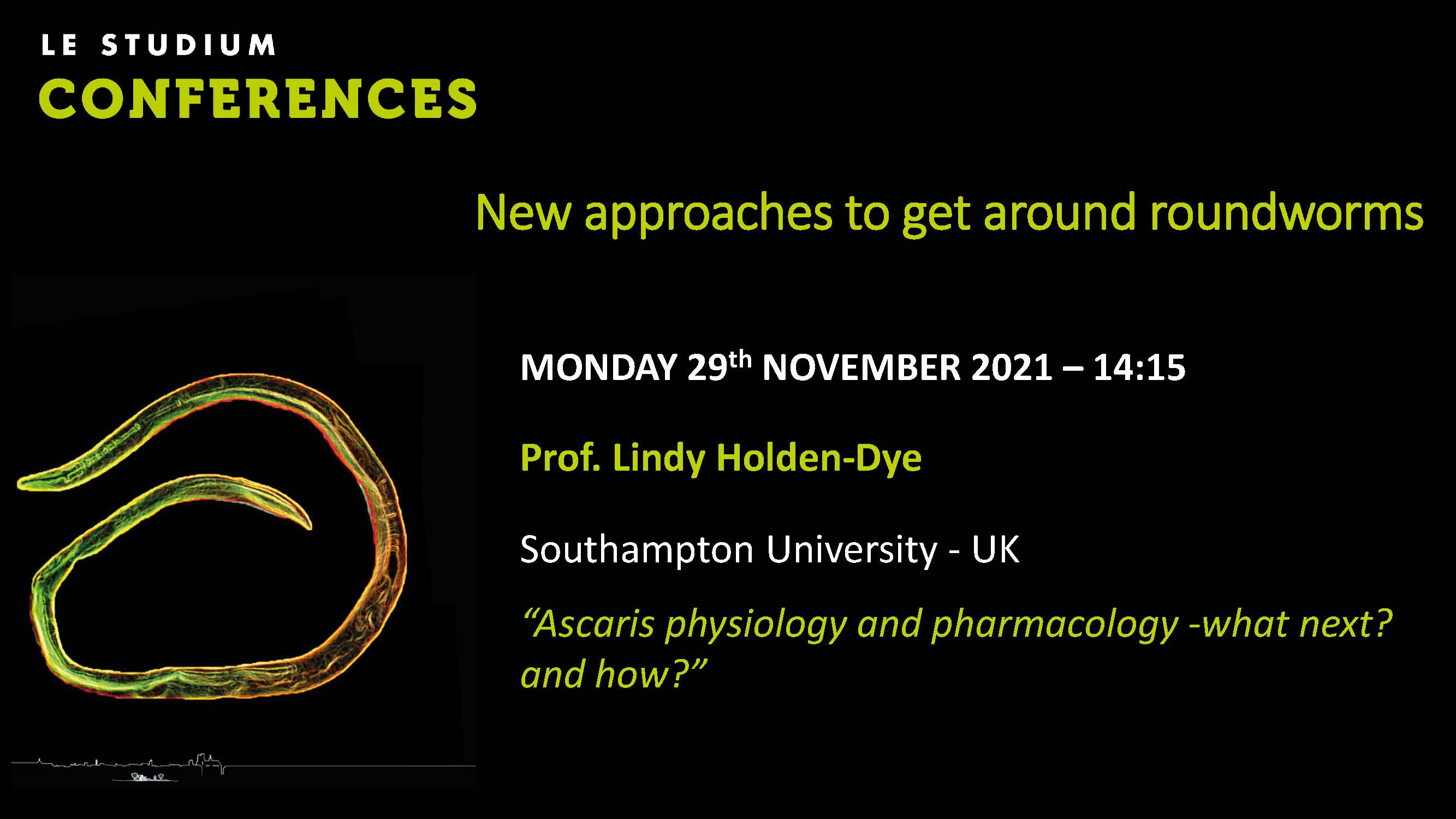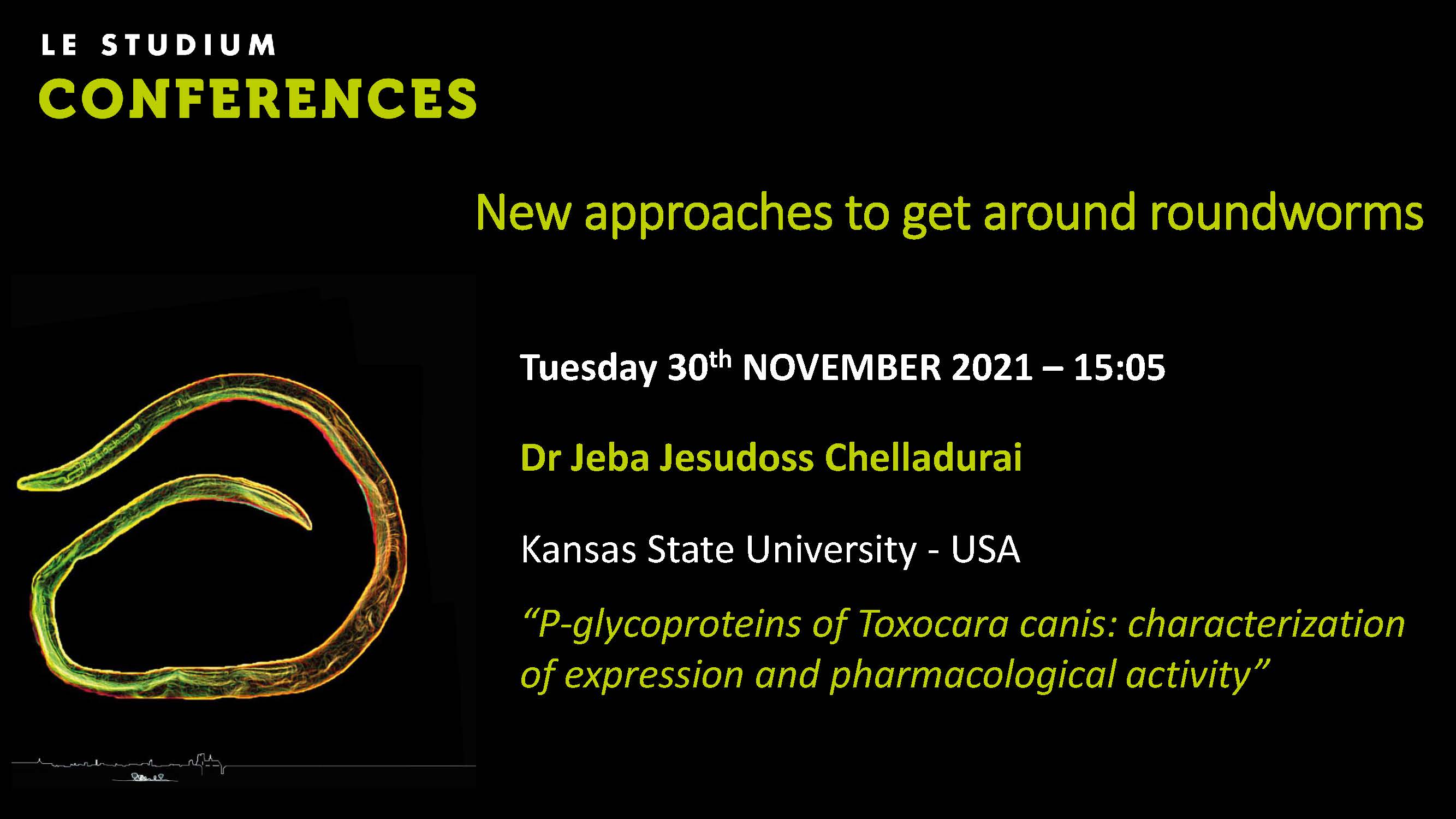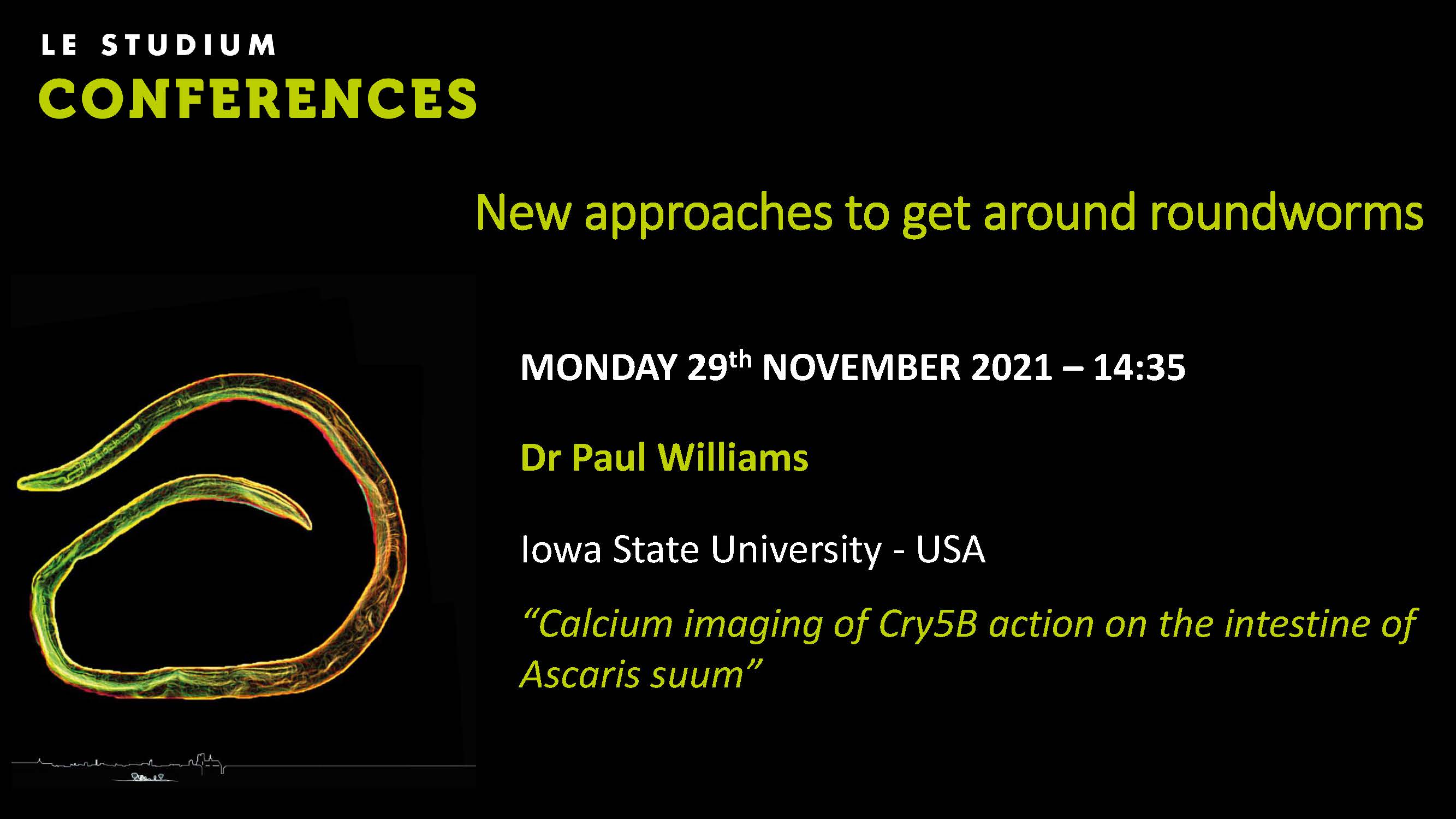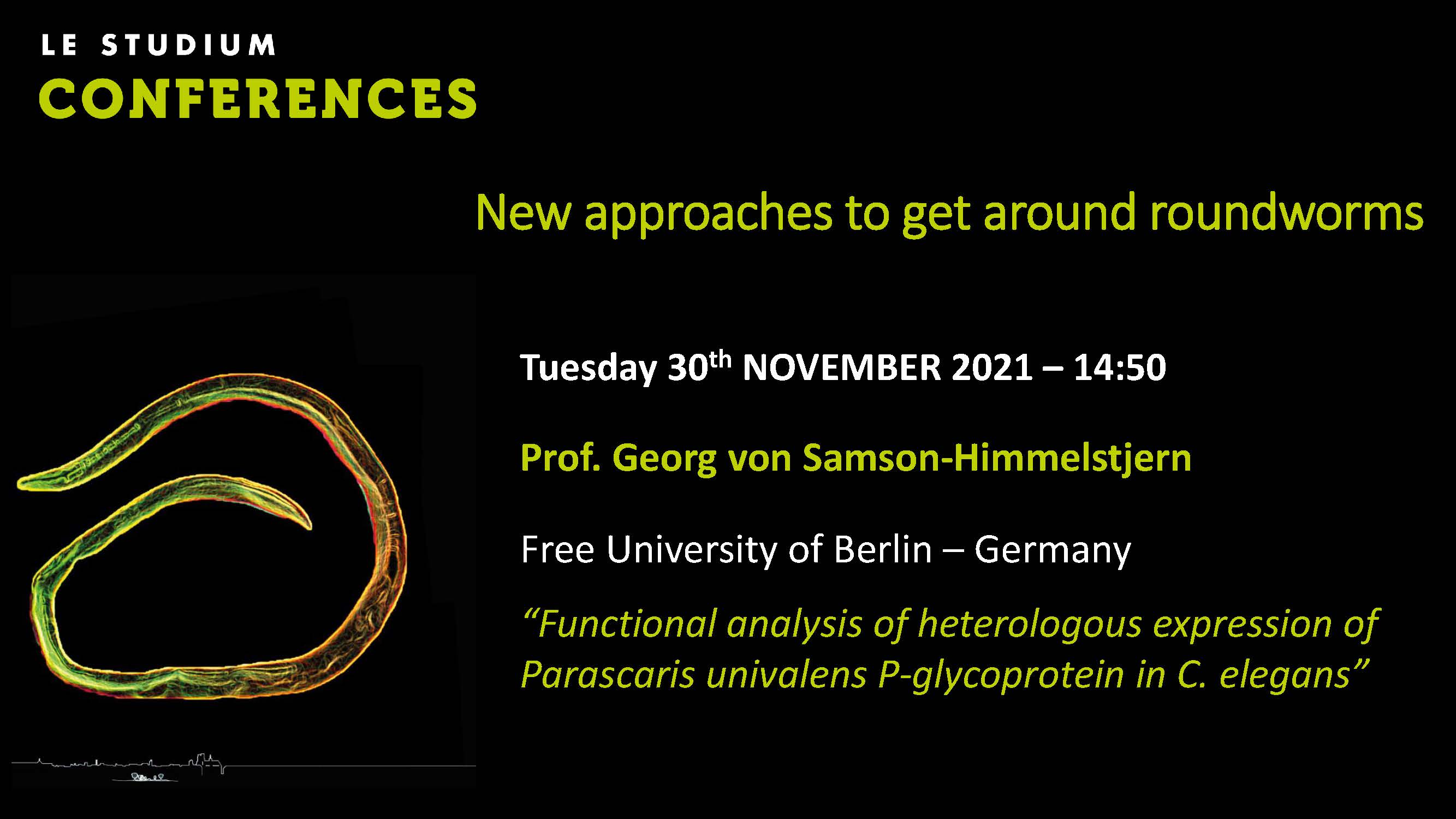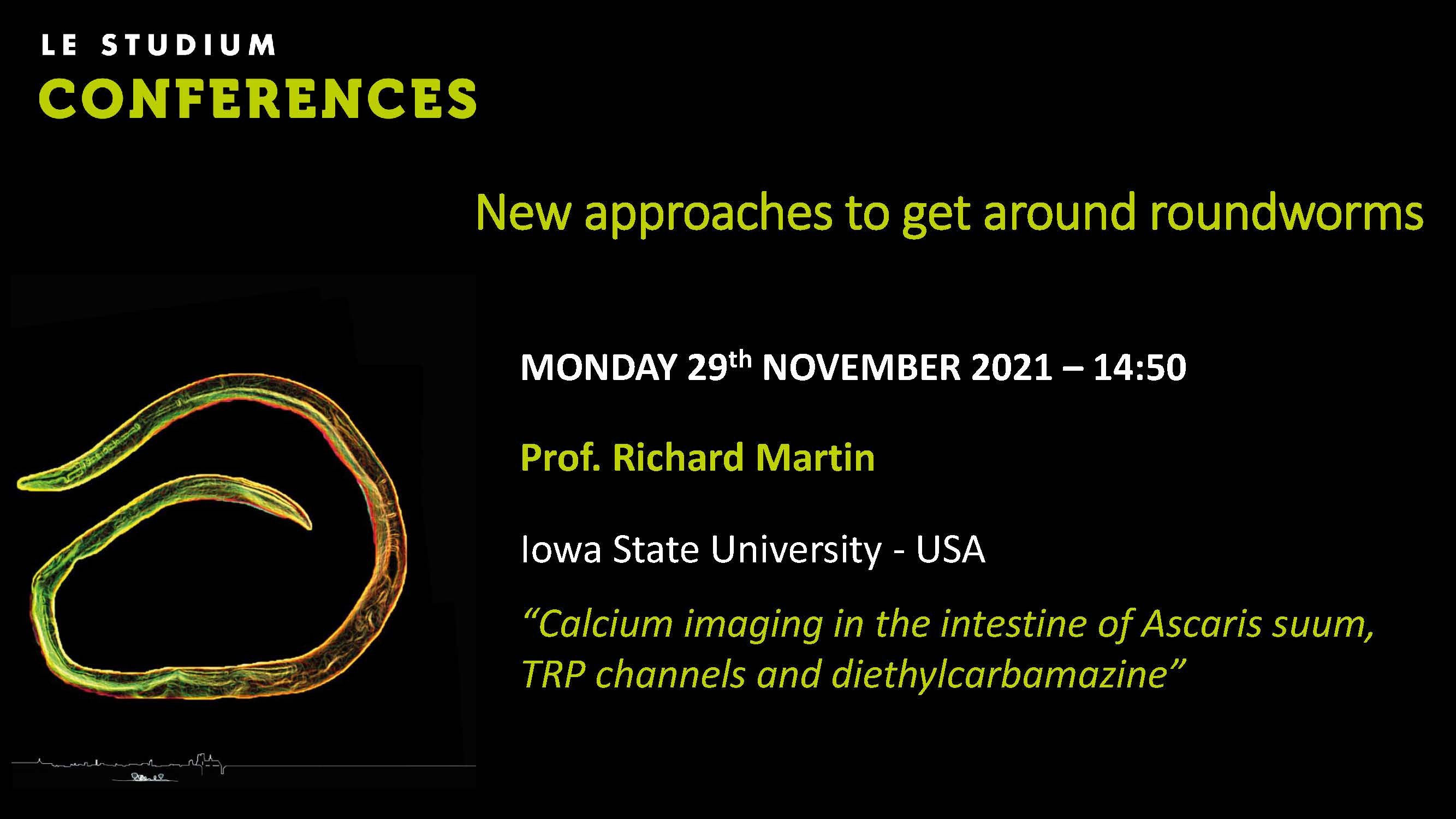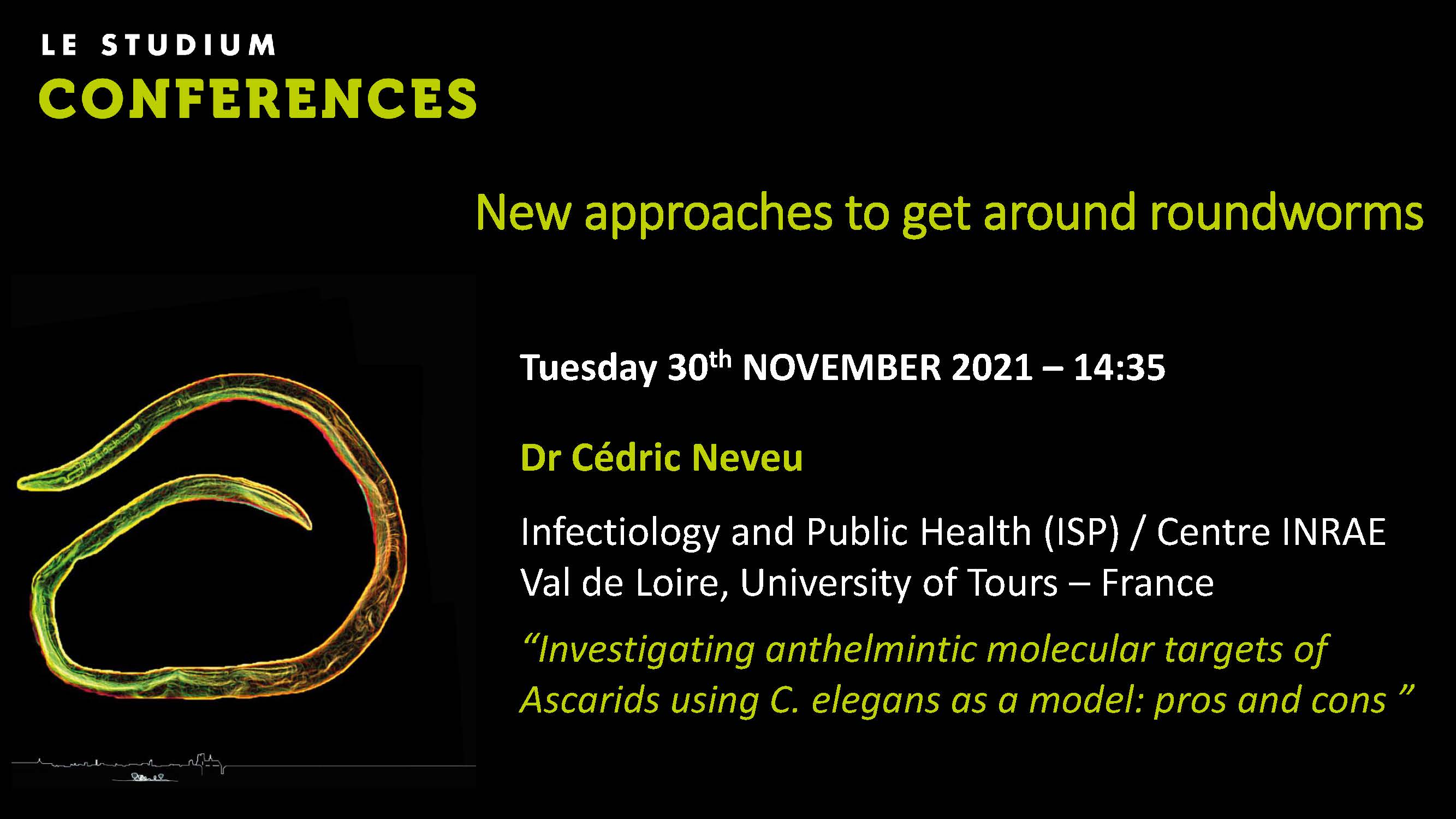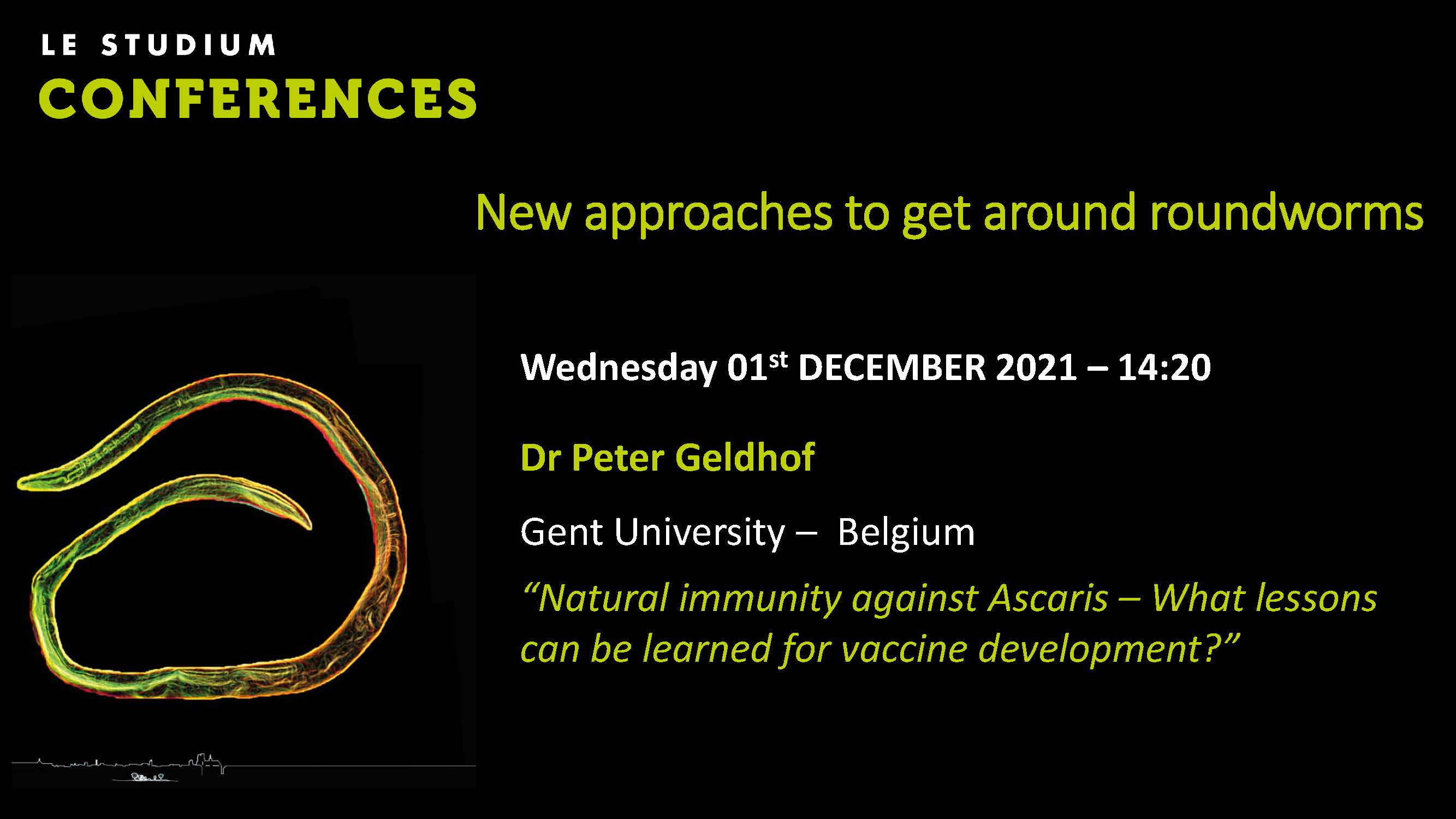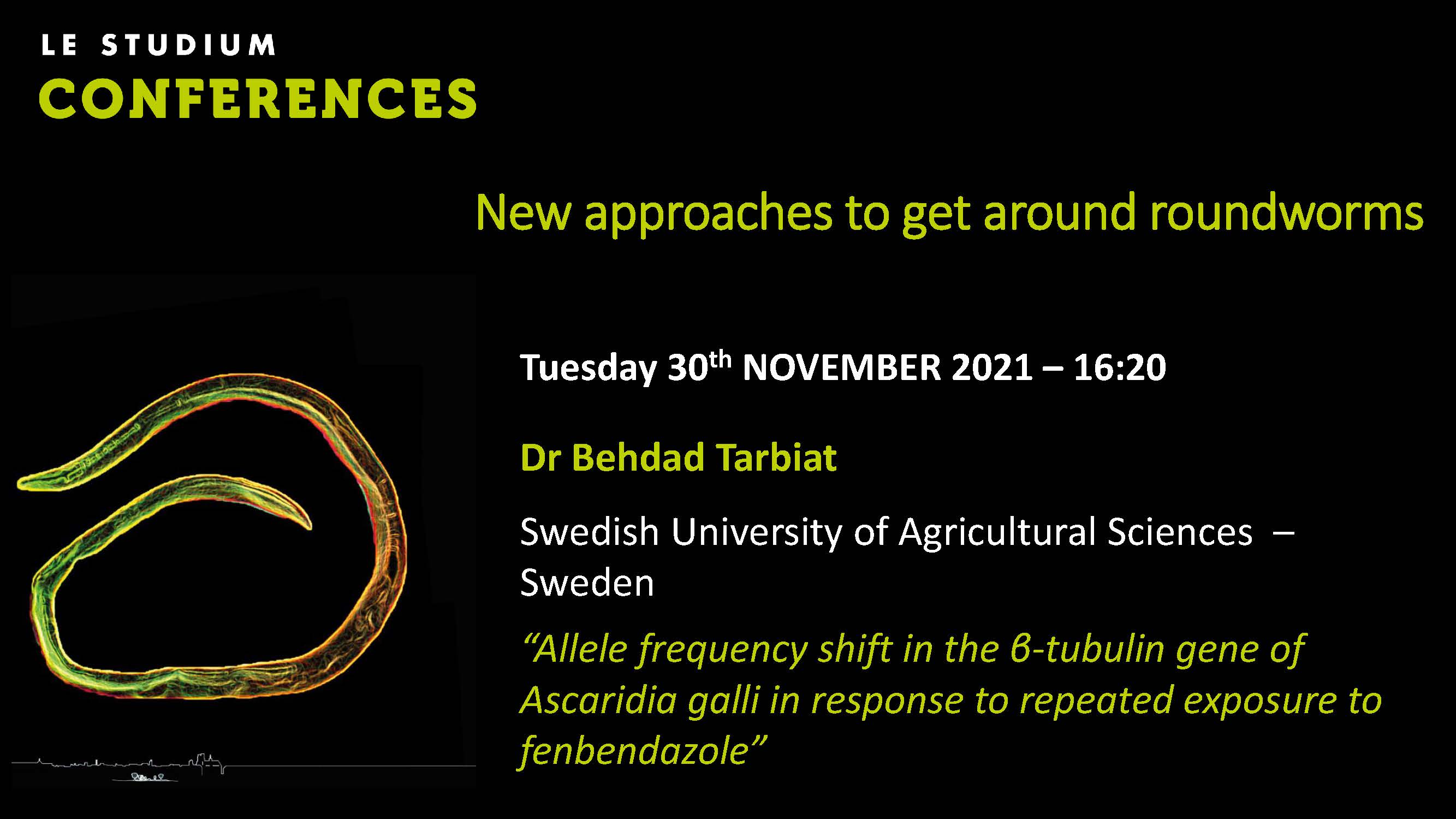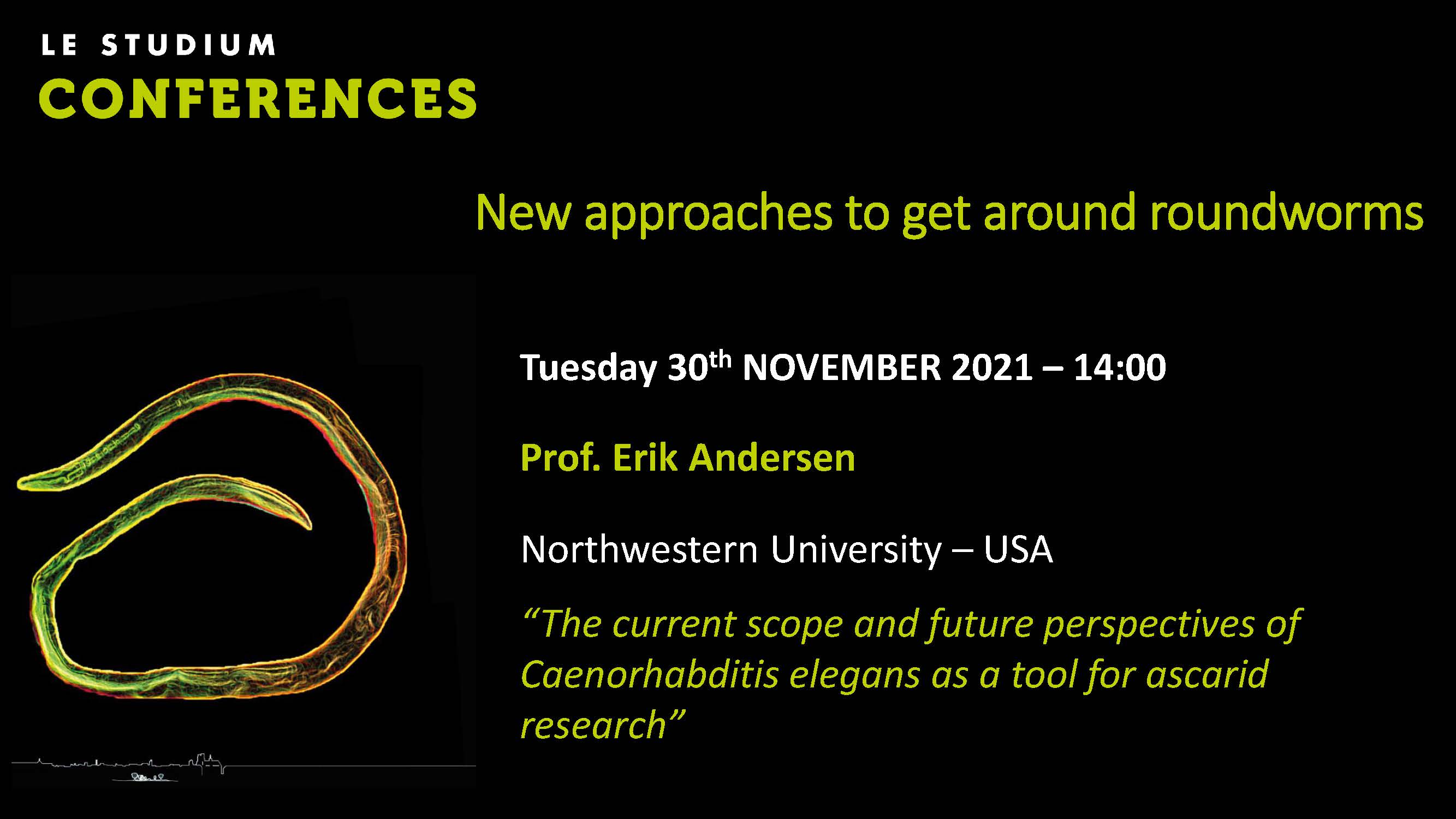Notice
Marie-Kristin Raulf - Binding of host C-type lectin receptors to Toxocara spp.-derived ligands – relevance of MGL-1 and MCL in toxocarosis
- document 1 document 2 document 3
- niveau 1 niveau 2 niveau 3
Descriptif
Toxocara canis and Toxocara cati are worldwide-distributed zoonotic intestinal helminths with frequent exposure to humans in which they can cause severe disease pathology. Upon infection, initial recognition of pathogens is mediated by pattern recognition receptors (PRRs), of which myeloid C-type lectin receptors (CLRs) recognise carbohydrate structures of bacteria, virus, fungi and parasites. However, there is a gap of knowledge on whether and how myeloid CLRs recognise Toxocara-derived ligands.Therefore, binding of host CLRs to Toxocara spp. was evaluated by the use of a comprehensive CLR-hFc fusion protein library. ELISA-, immunofluorescence microscopy- and immunoblot-based assays revealed a prominent interaction of Toxocara spp. with the macrophage Gal/GalNAc lectin-1 (MGL-1) and unravelled protein fractions containing potential ligands for MGL-1 and the macrophage C-type lectin (MCL). Ligand identification by LC-MS-based protein analysis showed metalloendopeptidase M12A as a candidate for interaction with MGL-1. Microarray data and cell stimulation assays gave first insights into the immunological relevance of Toxocara/CLR interaction with an upregulation of transcriptomic profiles of both MGL-1 and MCL during infection and an importance for MCL in Toxocara-mediated cytokine secretion.In conclusion, MGL-1 and MCL are promising candidates for immune modulation during Toxocara infection as indicated by the specific binding of these host CLRs to Toxocara-derived antigens.<div>
Thème
Dans la même collection
-
Dr Andrea Springer - Modulation of the porcine intestinal microbiome and metabolome by Ascaris suum…
Ascaris suum affects feed conversion and weight gain of pigs, but effects on intestinal microbiota remain largely unexplored. Therefore, the intestinal microbiome and metabolome was assessed in pigs
-
Prof Lindy Holden-Dye - Ascaris physiology and pharmacology -what next? and how?
In this talk I will review the progress in providing insight into fundamental aspects of Ascaris physiology and pharmacology and the experimental approaches that have been adopted and developed to
-
Dr Jeba Jesudoss Chelladurai - P-glycoproteins of Toxocara canis: characterization of expression an…
The interaction of the macrocyclic lactones with P-glycoprotein have been well-characterized in different ascarids and have been implicated in drug resistance. While adult stages of the canine
-
Dr Paul Williams - Calcium imaging of Cry5B action on the intestine of Ascaris suum
Crystal (Cry) proteins from Bacillus thuringiensis are used as effective insecticides. These pore forming toxins act within the midgut of insects killing them. Cry5B, has been found to target and
-
Prof. Georg von Samson-Himmelstjern - Functional analysis of heterologous expression of Parascaris …
This presentation will provide an overview on recent investigations concerning the P-glycoprotein gene family in the equine roundworm Parascaris univalens. As prominent members of the ATP-Binding
-
Sara Roose - New insights into the use of serology as a diagnostic tool for Ascaris infections in h…
To monitor and evaluate mass drug administration (MDA) programs for soil-transmitted helminths (STHs) the diagnostic standard is the microscopic detection of STH specific eggs in stool smears (Kato-
-
Prof. Richard Martin - Calcium imaging in the intestine of Ascaris suum, TRP channels and diethylca…
The intestine of nematode parasites is involved in more than digestion, absorption and storage of nutrients. It is involved in vesicular trafficking, ageing, innate immunity, drug metabolism and
-
Ben Jones - Disentangling the role of Ascaris β-tubulin isotypes in the emergence of anthelmintic r…
Ascariasis affects nearly one billion people, predominantly in the developing world. Ascariasis also affects pigs globally and reduces production yields via decreased growth and condemnation of livers
-
-
Dr Peter Geldhof - Natural immunity against Ascaris – What lessons can be learned for vaccine devel…
Ascaris lumbricoides and A. suum are large roundworm parasites that thrives in the small intestine of humans and pigs, respectively. The control of ascariasis is currently completely reliant on
-
Dr Behdad Tarbiat -Allele frequency shift in the β-tubulin gene of Ascaridia galli in response to r…
Despite global spread of anthelmintic resistance in livestock, there has been little discussion about the development of AR in poultry. Ascaridia galli has become ubiquitous in layers due to the ban
-
Prof Erik Anderson - The current scope and future perspectives of Caenorhabditis elegans as a tool …
Ascarid parasites cause a massive burden on people in the developing world and on veterinary animals worldwide. We use a limited arsenal of anthelmintics to treat these infections. As the use of
Sur le même thème
-
Dr Jeba Jesudoss Chelladurai - P-glycoproteins of Toxocara canis: characterization of expression an…
The interaction of the macrocyclic lactones with P-glycoprotein have been well-characterized in different ascarids and have been implicated in drug resistance. While adult stages of the canine
-
IPM 2007. Site Internet d'information et de prévention de la toxoplasmose destiné au grand public
PeyronFrançoisCe projet s'intéresse aussi à la santé publique et à l'éducation. Des documents sont accessibles au grand public. La toxoplasmose est une maladie parasitaire extrêmement courante, inapparente chez le

